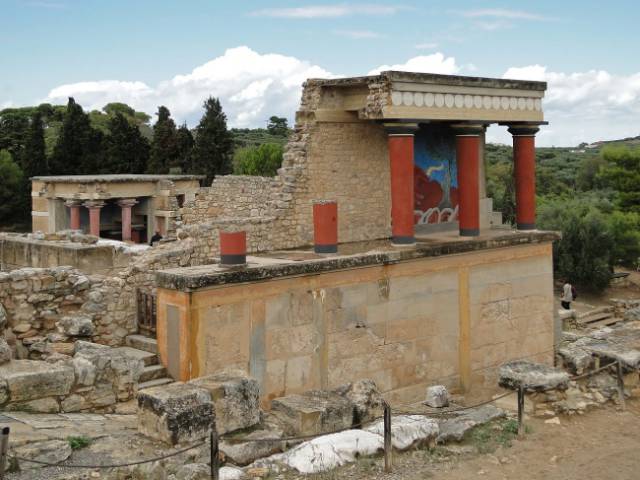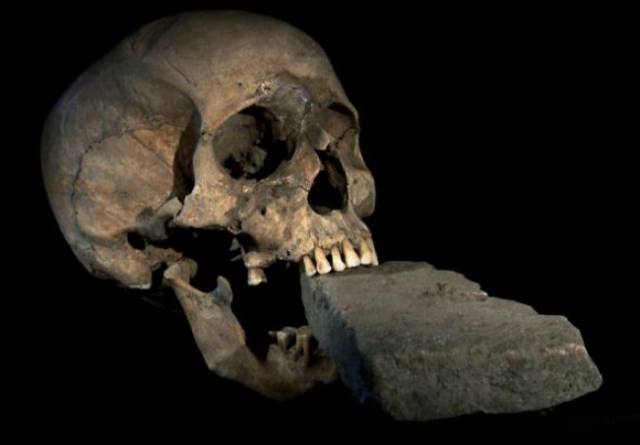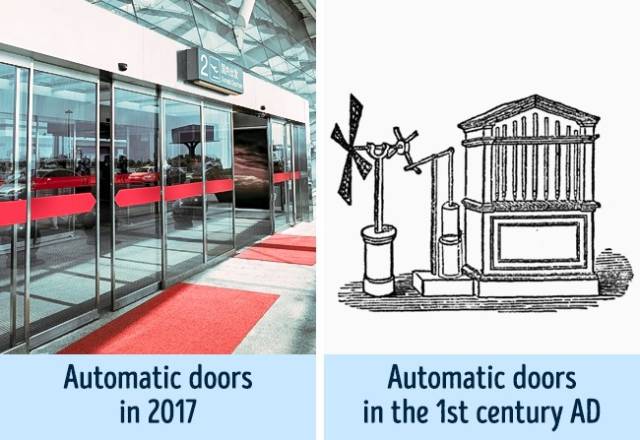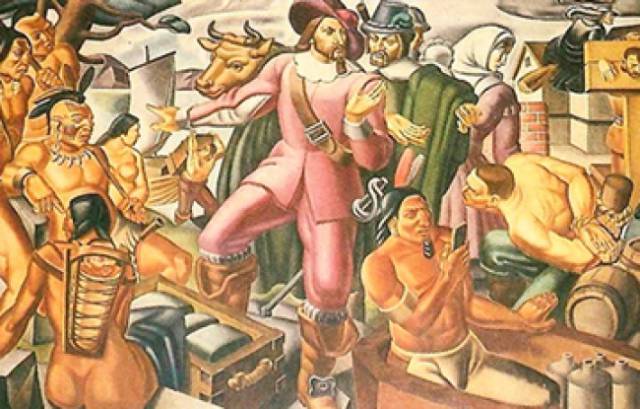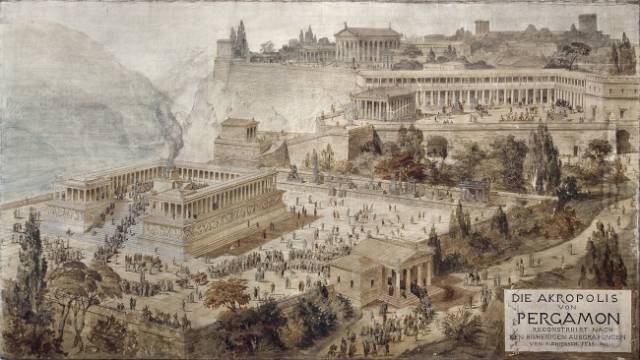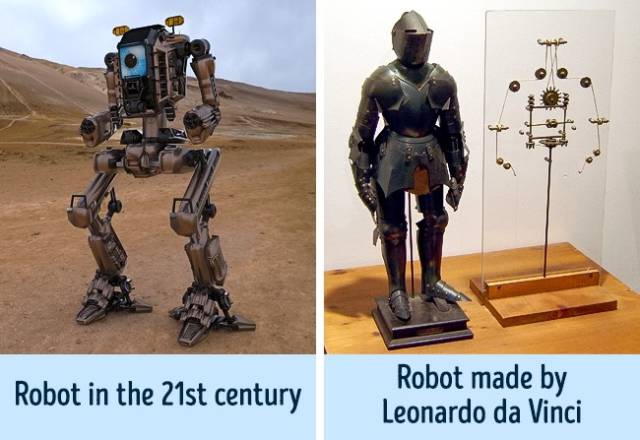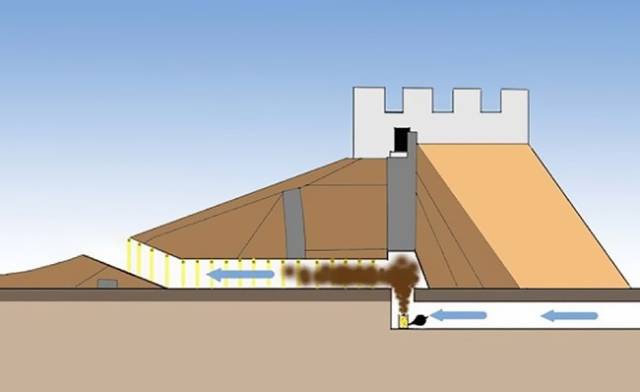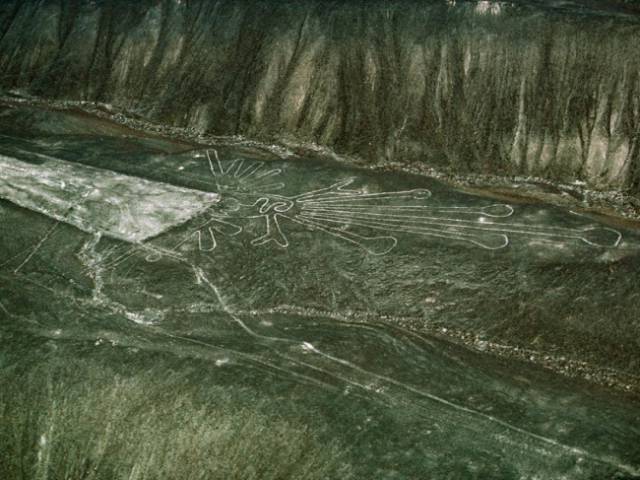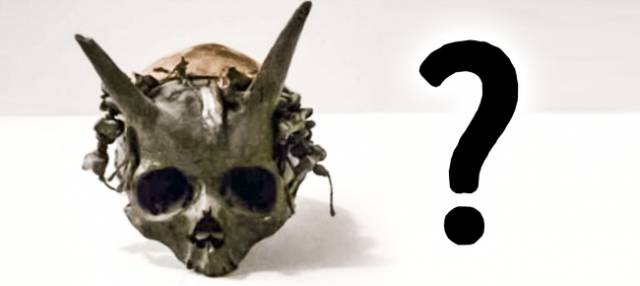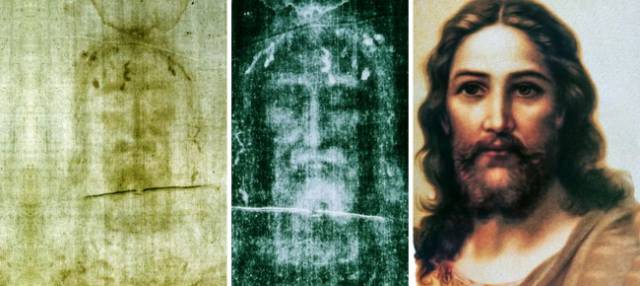Central heating in the Minoan Palace, 2700-1400 BC
An unexpected discovery was made in Knossos, in the ruins of the palace. The ancient Minoan civilization heated the palace using special cylindrical constructions with semicircular roofs. They were placed under the floor and heated with fire, warming the entire palace.
Vending machine, 100 BC
Modern vending machines had a predecessor that was used to sell holy water in ancient temples. It was invented by Hero of Alexandria. A person put a coin inside the vending machine, and it pushed a lever that opened a valve. This allowed some holy water to pour out. Unfortunately, this brilliant idea was forgotten, and vending machines were reinvented at the end of the 19th century.
Vampire of Venice, 16th-century artifact
An unusual artifact was found in Lazzaretto Nuovo, situated in Laguna di Venezia, in 2006-2007. During an excavation of burial places, a skull with a brick in its mouth was found. According to written sources, they used to bury vampires like this (the brick was supposed to render them harmless). Research showed that the skull belonged to a 60-70-year-old woman, a European peasant. There was nothing significant about her except for her age. So why did people think she was a vampire? There is no answer.
Ancient Viking settlement in North America, end of the 11th century
L’Anse aux Meadows is an ancient Viking settlement, built 500 years before Columbus discovered North America. From 1961 to 1968, Helge Ingstad and Anne Stine Ingstad made a series of archaeological digs and found that this place has Norwegian origins. This discovery made scientists reconsider common geographical hypotheses. The question of what the Vikings did in North America and how they got there remains open.
Automatic doors in Ancient Greece, second part of the 1st century AD
The genius Hero of Alexandria also invented automatic doors long before the 20th century. It’s hard to imagine how amazed the people must have been to see such a wonder in their temples. The mechanism worked through hot air inside the altar.
Controversial mural Mr. Pynchon and the Settling of Springfield, 1937
Mr. Pynchon and the Settling of Springfield, by Umberto Romano, shows something that looks a lot like a smartphone. If you look closely at the Indian figure to the right, it looks like he is typing something on a smartphone. Nobody knows what this really is. However, there are various theories.
The first vertical shower in Ancient Greece, the beginning of the 2nd century BC
The first showers were found at the archaeological site of Pergamon. It had been a Greek city, but now it’s a city in Turkey. The construction itself was quite complex and consisted of 7 levels.
Leonardo da Vinci’s robot, 14th century
Leonardo da Vinci was a genius inventor, so nobody was surprised to find a blueprint for a robot designed for military actions. It was found in 1950. It is unknown whether the scientist actually made it, but the robot itself looked very realistic and could imitate simple human movements.
Ancient chemical weapon, 256 AD
At the beginning of the 20th century, 19 Roman centurions and one Persian warrior were found in a tunnel at the dig of Dura-Europos, a Syrian city. Scientists first thought they had died in a tunnel collapse, but further research discovered the amazing truth. The soldiers suffocated because of a cloud of sulfur dioxide. It was the first time scientists had found evidence of chemical warfare.
Nasca Lines, pre-2nd century AD
These amazing lines were found on the Nasca plateau in Peru. Now we know of 30 pictures (an ape, a bird, a spider, around 700 triangles, spirals). The climate there is dry, so they are still visible today. There is no reliable explanation for why they were drawn.
Undeciphered writing at Easter Island, found at the end of the 19th century
Easter Island is famous for its statues, but there is more interesting stuff there: 24 wooden plaques with carved symbols that still haven’t been deciphered. These symbols are called Rongorongo. The last person who owned Rongorongo died in 1866.
A horned human skull, found in the 1880s
This skull was found in Pennsylvania in the 1880s. It is perfectly normal in terms of anatomy...if you ignore the horns. Unfortunately, there is no way to prove or refute its authenticity because the skull disappeared right before research began.
The mystery of the Shroud of Turin
The Shroud of Turin is believed to hold the image of Jesus. According to the story, after Jesus was crucified, his body was wrapped in this cloth. Later, he disappeared. The cloth, if you look closely, seems to have the imprint of a face, a body, and even bloodstains. Scientists still don’t agree on what this might mean.

